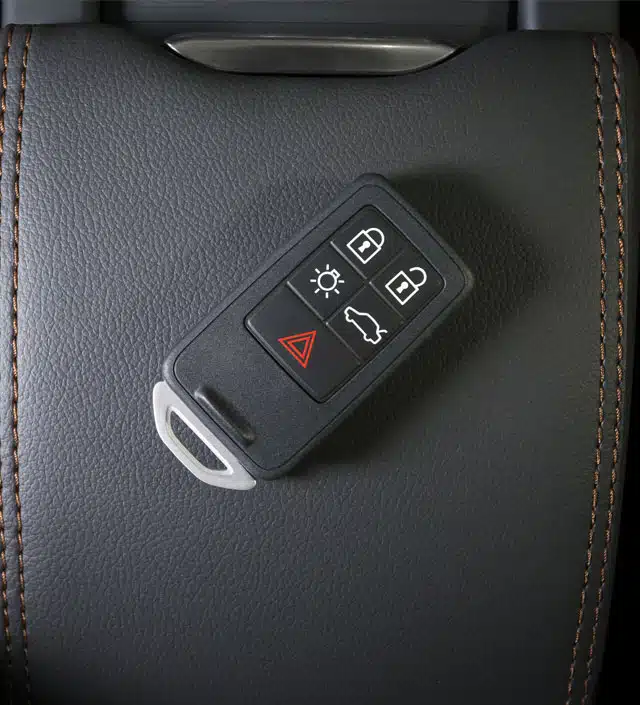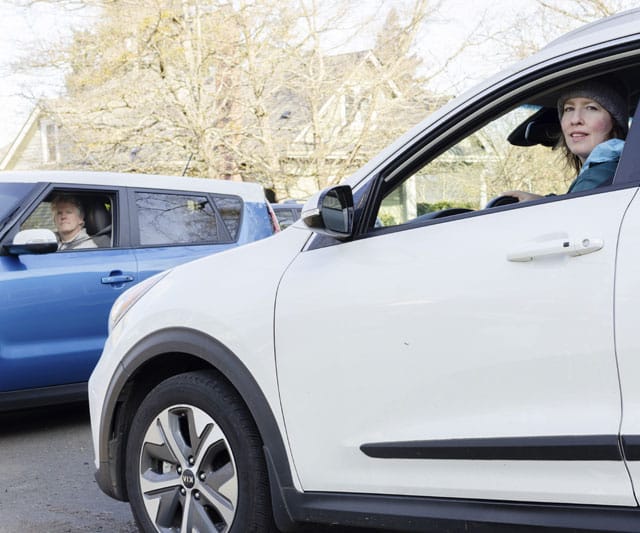“You are what you drive.” America has long had an obsession with the automobile. To some, it is a rolling net-worth statement. In the military, the vehicle you drive can be part of your identity. Why? What you wear and where you live might be determined for you, so the vehicle you choose is a form of self-expression. The Ford F-150 pickup truck is a favorite across all branches of the services. Among veterans, the Chevy Corvette is a favorite.
If cars are so important to Americans, can you encourage your older client to downsize their fleet? And is there a need?
According to Forbes, 59% of American households have two or more cars. You might make the case for the city dweller to ditch the car and embrace mass transit. But according to government research, 69% of the population lives in suburban areas and 19% in rural areas. In fact, 45% of Americans have no access to public transportation. To get anywhere, they need a car.
To many older people, the ability to drive anywhere they want to go is a symbol of their independence. Taking away their car would be considered as one step closer to the afterlife. Assuming your client can still drive safely, let’s consider the logic of an older couple downsizing from two vehicles to one.
- How often do they use each car? This would require them to keep a record of car usage over a couple of months. Hopefully they buy into this idea. What if they don’t? With their permission, you might check the odometer on each car every couple of weeks or once a month. It won’t tell you the hours used, but you’ll know the distance traveled.
- Which car is their favorite? This should be an easy question. They can tell you. If they commuted into work by train, one car might have been the “station car” and the other their primary vehicle. They probably drive their favorite car all the time and rarely use the other.
- How often are both cars out of their garage? According to research, 66% of newly built homes include a two-car garage. Your suburban client likely fits into this category. Can they keep a record of how often they use both cars? The chances are the actual time is very low.
- Who is the better driver? This can be a handy answer to have in your back pocket. If you asked each half of the couple, they would likely tell you. If one party is deteriorating or cannot drive at night, you might win over at least one of them to the one-car- argument.
- What is the cost of ownership for each car? This includes insurance, registration and all those repairs the dealership tells you are needed. Would you budget that much spending in advance? The chances are your client would see that as a cost saving in a time of rising expenses.
- Is weather a factor? Some parts of the country suffer brutal winters. You need a vehicle that can handle those conditions, transporting you safely from point to point. This might influence the decision on which car to keep. It also might help make the case that the second car cannot be driven for much of the year.
- How much is your second car worth? Let’s assume you will sell it. What could you get for it? How would you put that money to good use?
- You’ll get extra space. Half of your two-car garage would become empty space. Are you renting a storage locker? What does that cost? Could all that stuff be moved back home? Is your house overcrowded with stuff? Maybe the new-found space could become a hobby area.
- Doing your part for the environment. Let’s assume both cars are utilized. If a passenger car emits 6 metric tons of carbon dioxide per year it’s logical that two cars driven all the time emit twice as much as one car. If you eliminate a car, you help the environment to some degree.
- What would happen if you both needed to go in different directions at the same time? This is part of the logic supporting two-car ownership. Imagine life without the second car. What would you do in that situation? Build a list of options. You might rent a car for a few days. You might use a rideshare service like Lyft or Uber. You might ask a neighbor to drive you. The town might have a van service for residents. Do you have adult children living nearby? Would they help? Could you call a taxi?
If both parties within the client couple are retired and no longer working, you can make a good case for why they can become a one-car family. Back in the 1950s households with cars were one-car families. If your clients don’t remember those days, their parents might.
Bryce Sanders is president of Perceptive Business Solutions Inc. He provides HNW client acquisition training for the financial services industry. His book, “Captivating the Wealthy Investor,” is available on Amazon.







